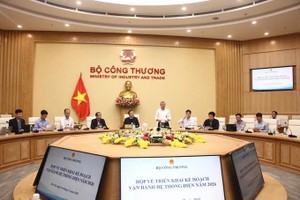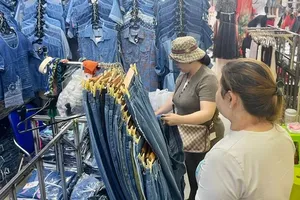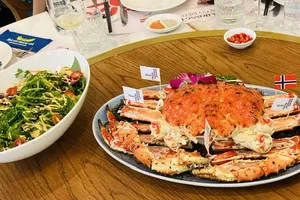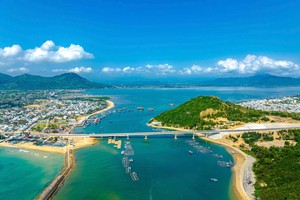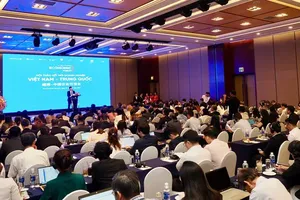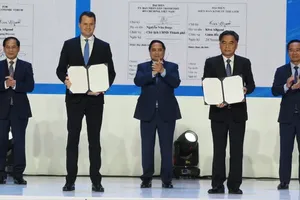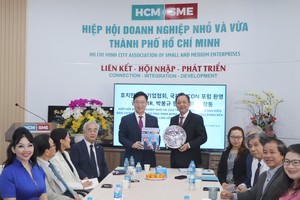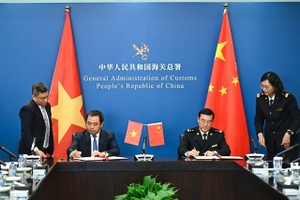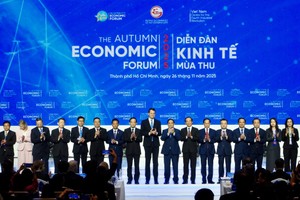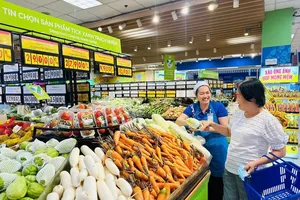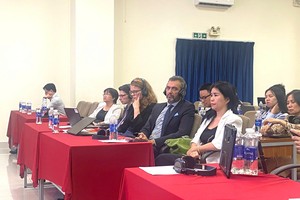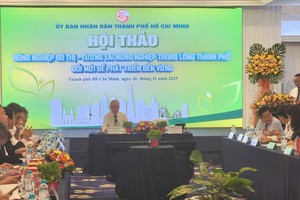With rapid responses to technical trade difficulties in export markets and the proactive support of regulatory agencies, businesses in the food, agriculture, and agricultural products business sectors have been able to maintain stability and resilience.
Challenges for Vietnam’s agricultural exports
According to a report from the Ministry of Agriculture and Environment, the export value of agriculture, forestry and fisheries in January 2025 was estimated at US$5.08 billion, marking a 4.9 percent decrease compared to the same period in 2024.
Besides, exportation activities to key markets such as the Americas, Asia, and Europe all declined, with shipments to the Americas reaching US$1.21 billion, down 3.5 percent over the same period last year.
Chairwoman of the Ho Chi Minh City Food and Foodstuff Association Ly Kim Chi noted that numerous exported products such as coffee and cashews have expanded market share in the United States, European Union and China thanks to quality improvement, the ongoing trade conflicts between nations have introduced significant challenges. In addition, the supply disruptions due to tariff policies have led to fluctuations in the prices of commodities, fuel and raw materials.
Input material prices, comprising vegetable oil, wheat flour, sugar and food additives have surged by 10-15 percent. Besides, international shipping costs have tripled on routes from Europe and the United States.
Port congestion and border gate delays have increased warehousing costs and delivery times. Additionally, stricter trade policies and tightened import standards in major export markets have created hurdles for key export products such as seafood and agricultural products. Therefore, the sector has to continue adapting swiftly to maintain its competitive edge.
According to Deputy Director of the National Notification and Inquiry Point of Vietnam Animal and Plant Health and Quarantine (SPS Vietnam) Ngo Xuan Nam, by the end of 2024, WTO members had issued 1,029 notifications and draft regulations on sanitary and phytosanitary (SPS) measures.
Most of these new regulations focus on maximum residue limits for pesticides, food additives, and safety standards for agricultural and food products which would directly impact Vietnam’s key export items like seafood, fruits, vegetables, coffee, and pepper.
Meeting stringent international standards not only enhances the competitiveness of Vietnamese agricultural products but also raises production and quality inspection costs, putting significant pressure on businesses, especially small and medium-sized enterprises.
Experts also warned that businesses are facing rising product costs, which weakens Vietnam’s competitive advantage against countries with lower production expenses, such as Thailand and Indonesia.
In addition, higher international shipping costs along with lengthy inspection procedures have slowed down market access, affecting businesses' flexibility in fulfilling large orders from Europe and the United States.
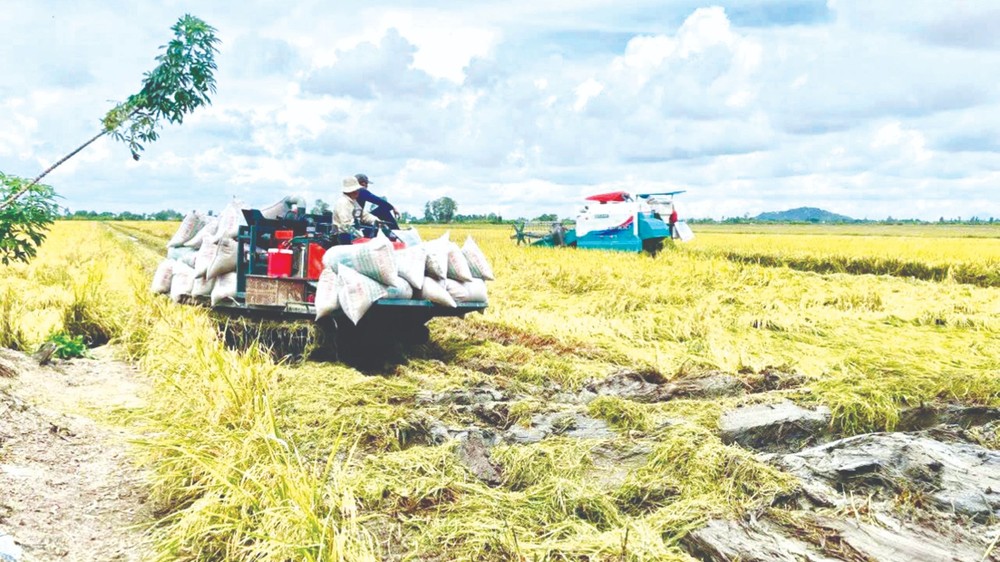
According to Ms. Nguyen Thi Minh Tuyet, a representative of Mova Plus, an agricultural export company to the European market, some businesses have had to cut costs or adjust prices to maintain market share, while others are heavily investing in technology to optimize production processes and offset rising expenses.
The context reflects a dual strategy among Vietnamese exporters, consisting of cost-cutting measures to retain competitiveness together with technology investments to enhance efficiency and reduce long-term expenses.
The adaptations are crucial for navigating global market challenges and ensuring sustainable growth in the agriculture and food sectors.
Proactive adaptation
Recently, the swift response from regulatory authorities has effectively supported businesses in adapting to new market barriers.
Ms. Ly Kim Chi cited an example when durian imports were temporarily halted by Chinese customs due to the country’s new requirement for Auramine O certification, authorities quickly activated nine quality testing centers in Hanoi, Hai Phong, Da Nang, Ho Chi Minh City, Can Tho and Ca Mau to assist businesses. The test results from these centers were accepted by the Chinese side, allowing many batches of durian to be cleared and exports to resume.
Vietnamese authorities are actively working to secure China's recognition for additional Auramine O laboratories, allowing businesses greater flexibility in conducting inspections. If progress continues smoothly, durian exports could reach US$5 billion by the end of the year, marking a major milestone for the industry.
Economic experts believe that if businesses adapt effectively, Vietnam’s agricultural and food exports will see significant breakthroughs in 2025. Especially, the U.S. market is expected to increase imports of key Vietnamese products, including pangasius, shrimp, cashew, and coffee, benefiting from preferential tariffs of zero to five percent under the Comprehensive and Progressive Agreement for Trans-Pacific Partnership (CPTPP) and other trade agreements.
With proactive adjustments, such as enhancing quality control, optimizing supply chains, and leveraging trade policies, Vietnam’s agricultural sector is poised for sustained export expansion in the global market.
Chairman of the Ho Chi Minh City Business Association Nguyen Ngoc Hoa said that enterprises had to continuously leverage export tax advantages, diversify markets, and optimize supply chains to adapt to the ever-changing global context.
As for China market, key agricultural products such as durian, coconut, dragon fruit, rice, and seafood will benefit from bilateral trade agreements. Accordingly, the durian import tax has been reduced to seven percent and may decrease further.
Thanks to the EVFTA Agreement, taxes on rice would be step-by-step reduced with a duty-free quota of 80,000 tons per year. Besides, taxes applied to cashews and shrimp shall be cut from 12 percent to zero percent under a scheduled timeline while tax for coffee will be reduced to zero percent. In addition, the tax applied with pangasius will be reduced from 5.5 percent to zero percent in three years.
With these favorable trade policies, Vietnamese agricultural exports have significant opportunities to expand market share and strengthen global competitiveness.
Similarly, Japan, the Republic of Korea, Thailand, Malaysia, Indonesia and the Philippines are crucial markets for Vietnamese agricultural exports with preferential tariffs, including zero percent import duties on many agricultural and processed food products, particularly rice and coffee.
With these advantages, Vietnamese businesses have a significant opportunity to expand exports and strengthen their position in high-demand Asian markets.



